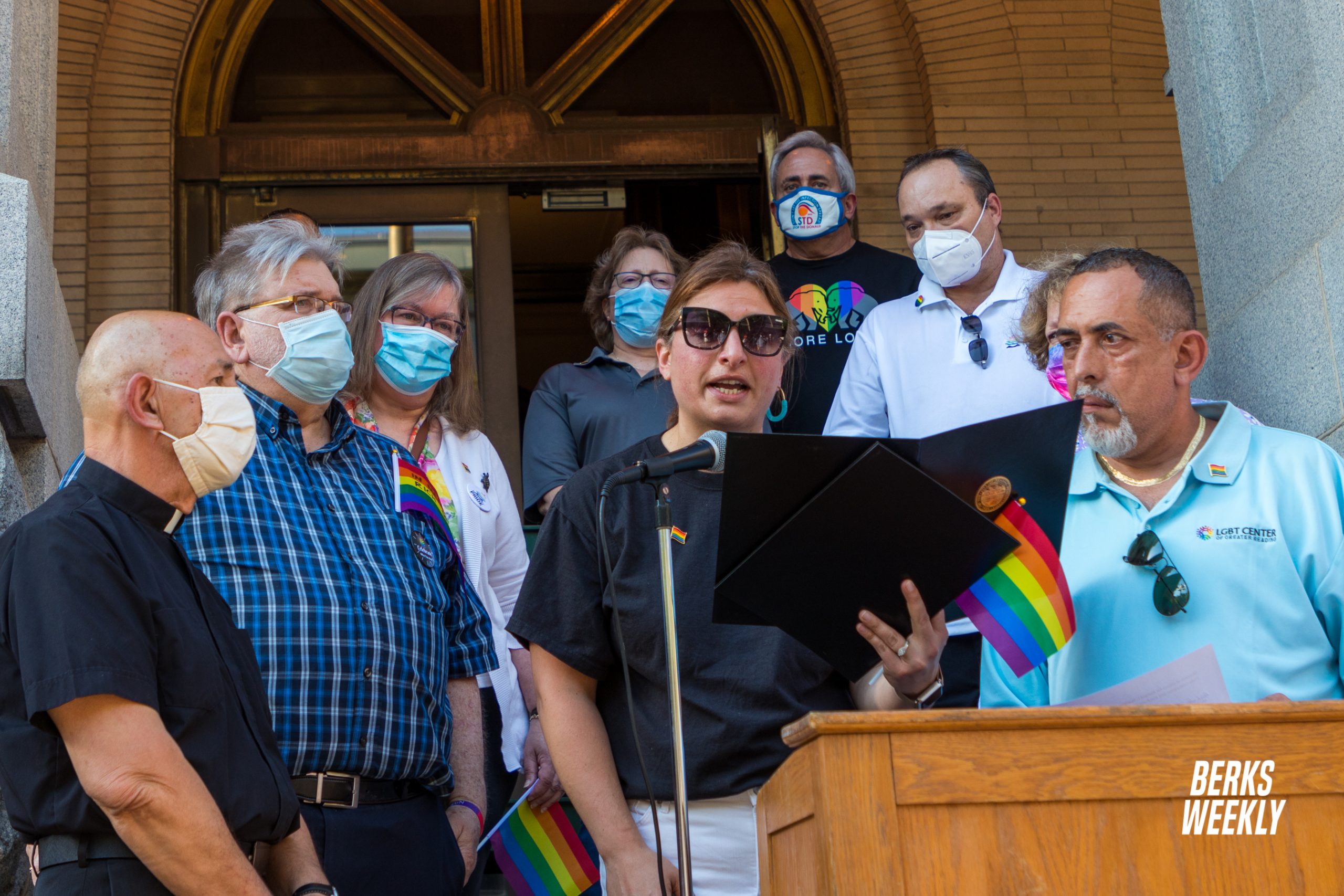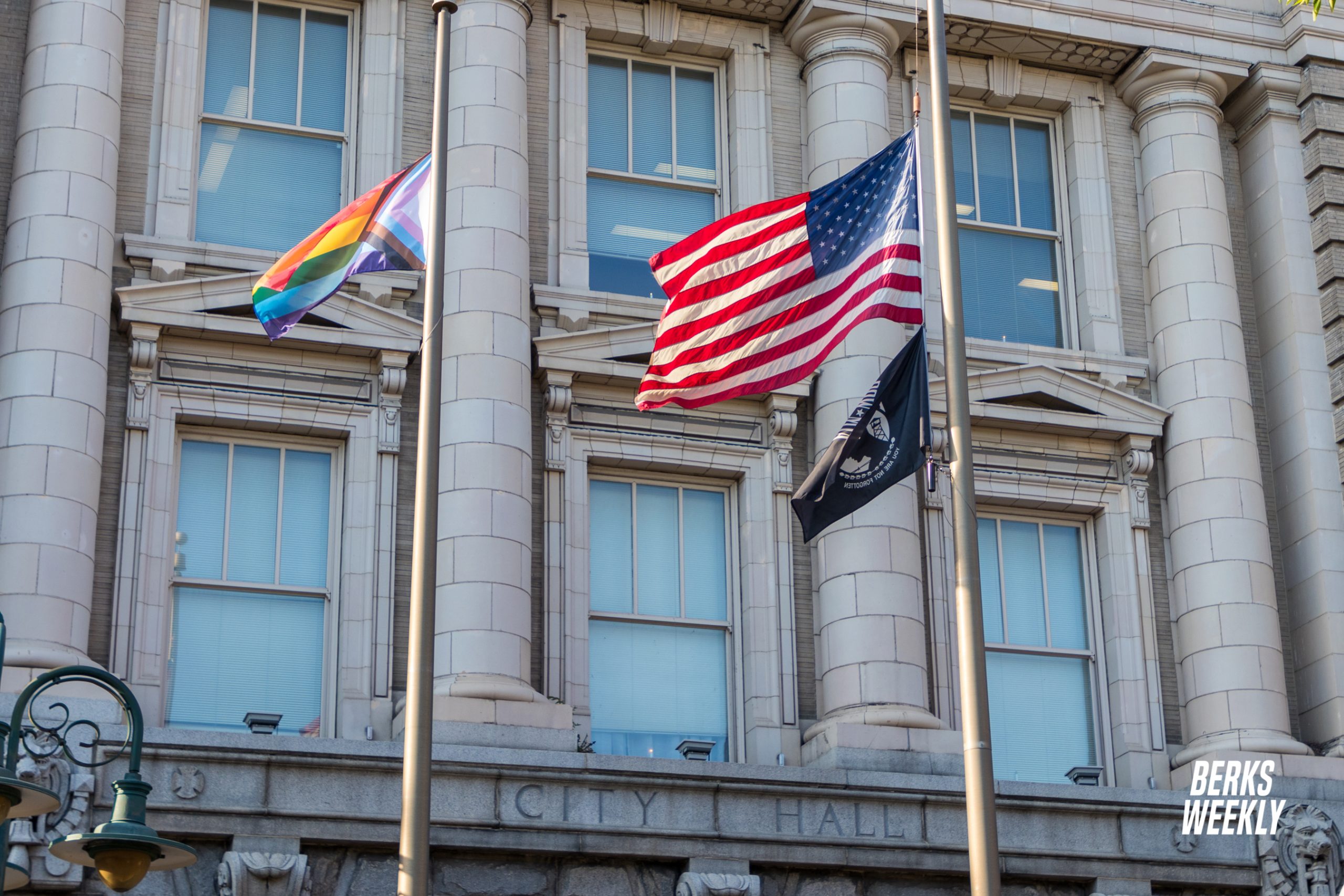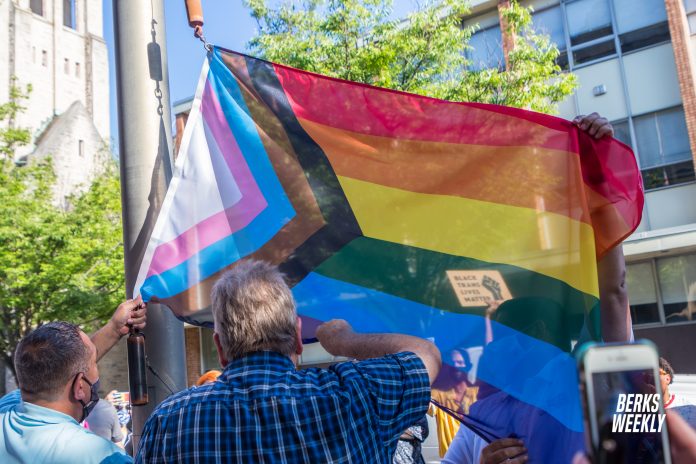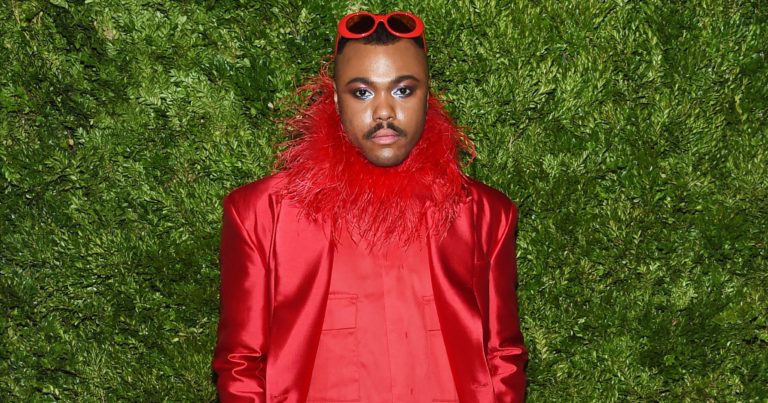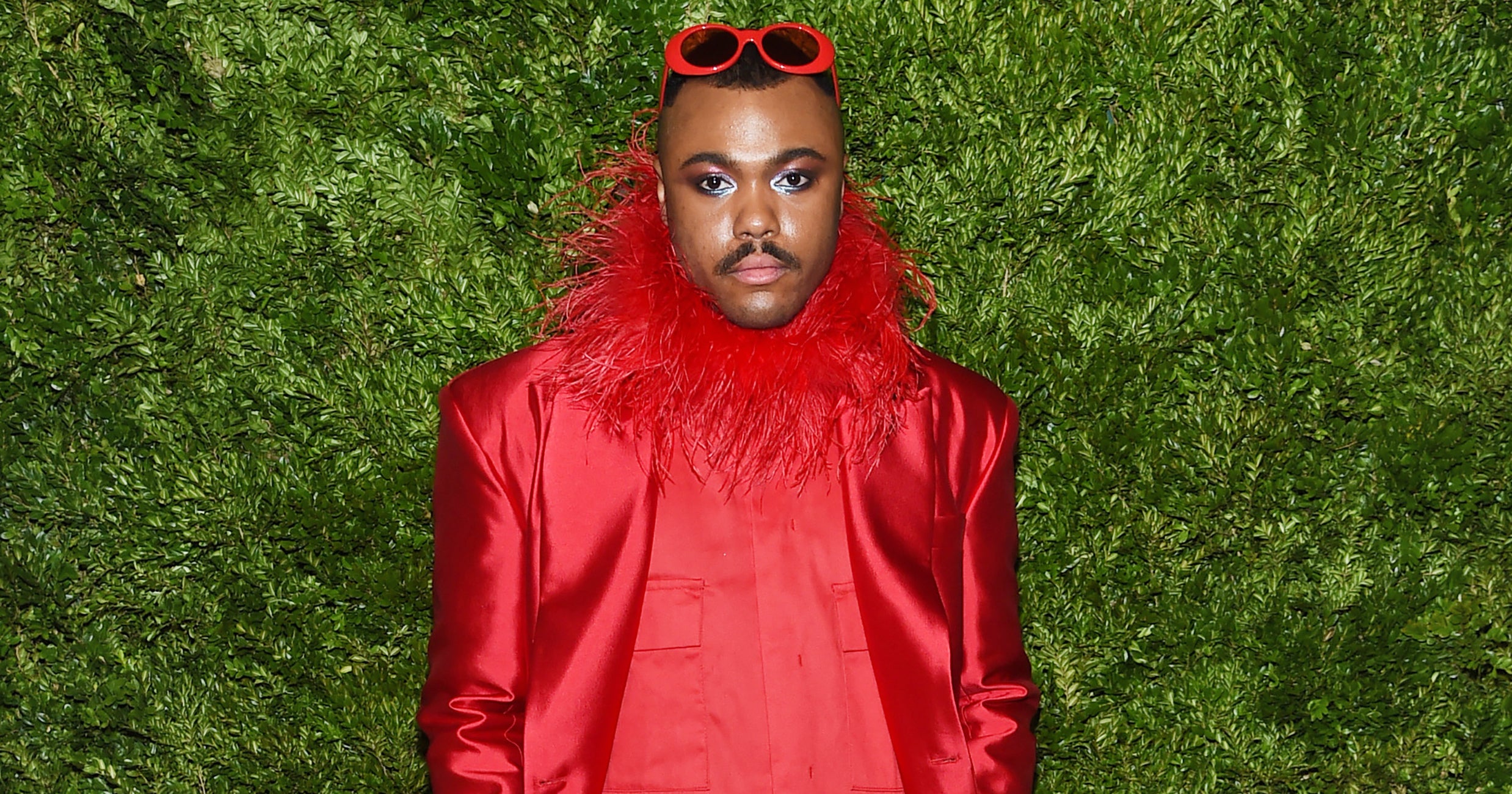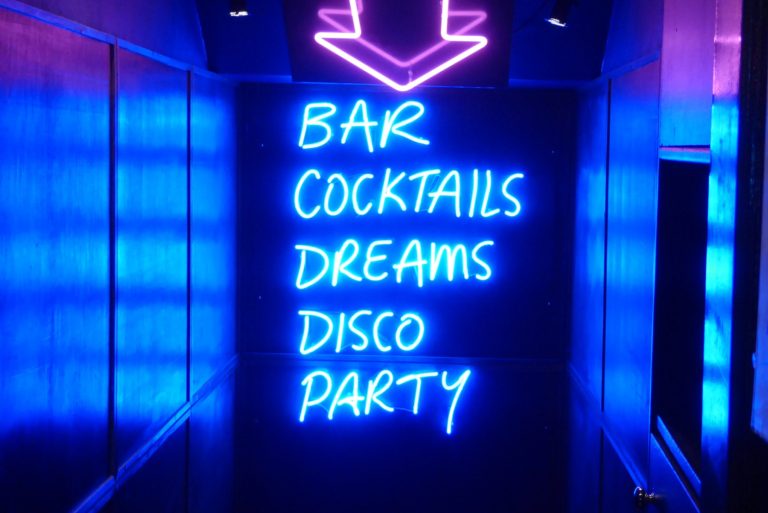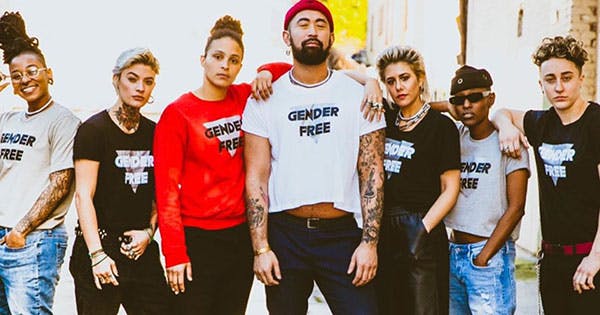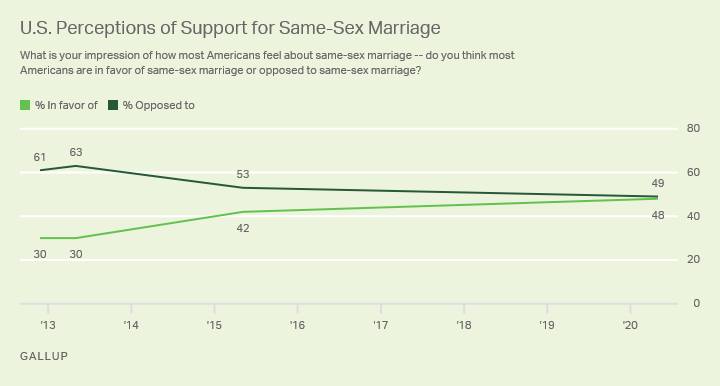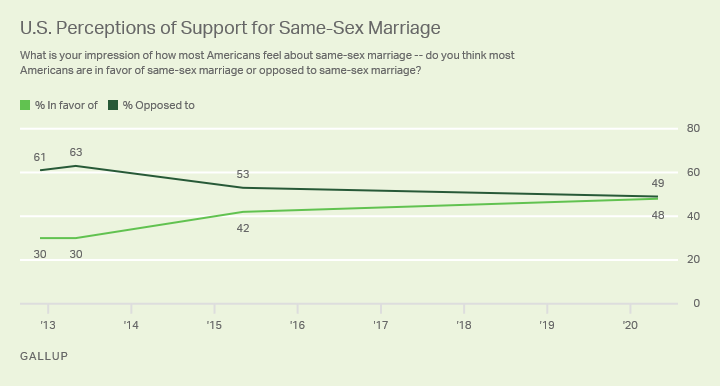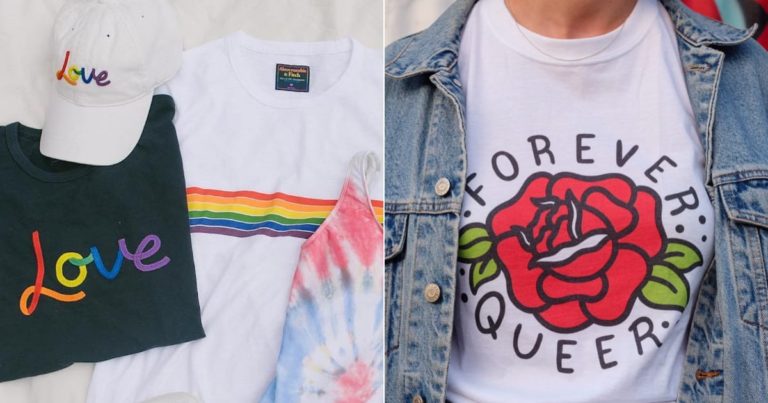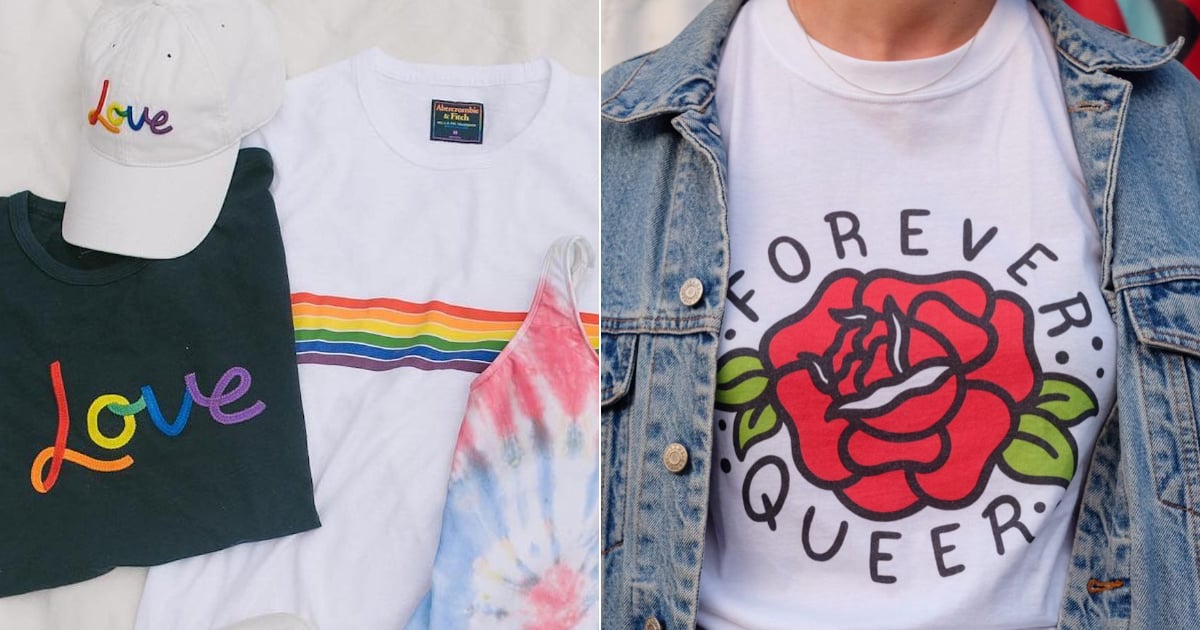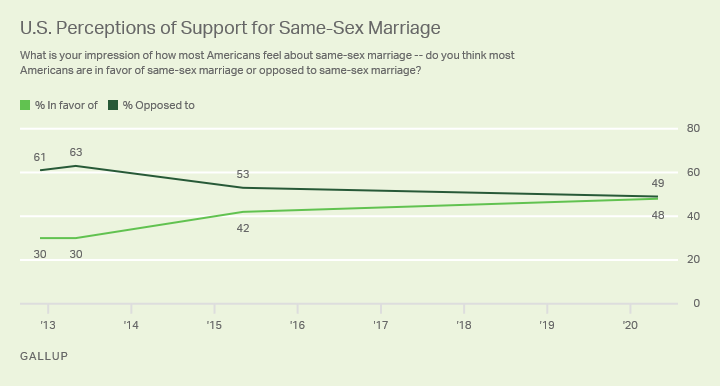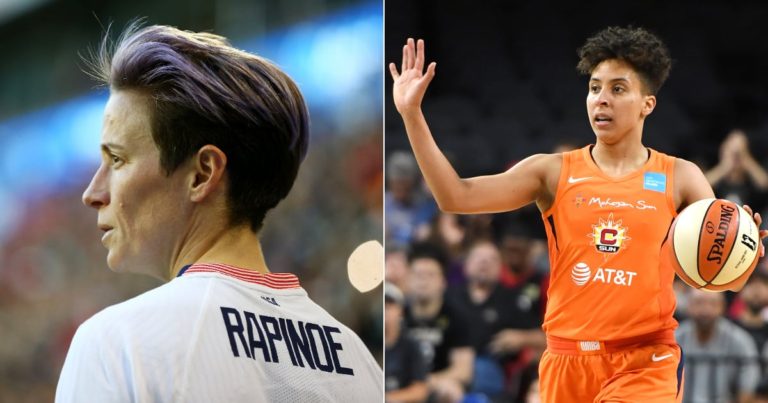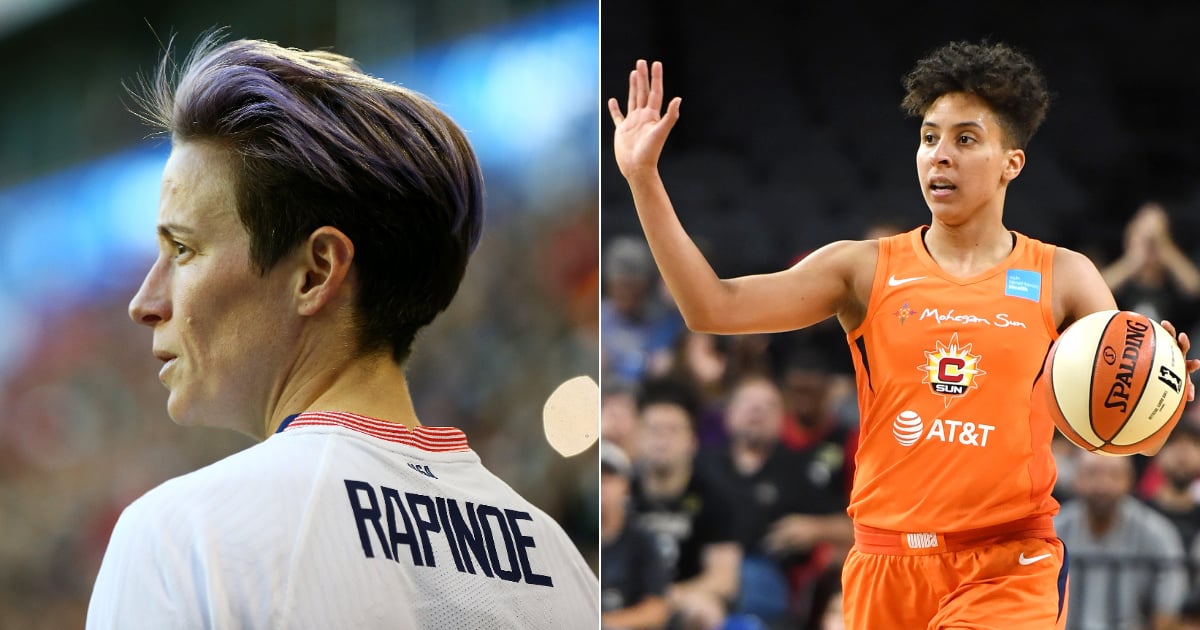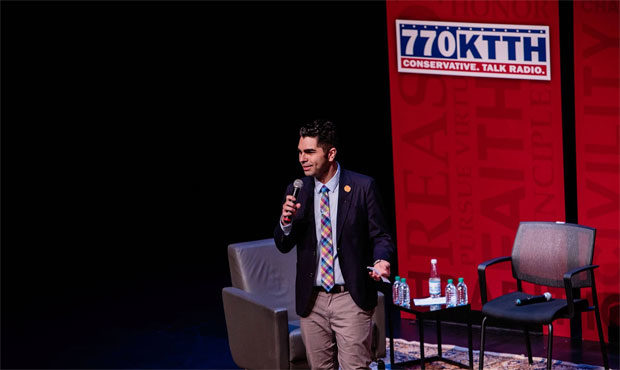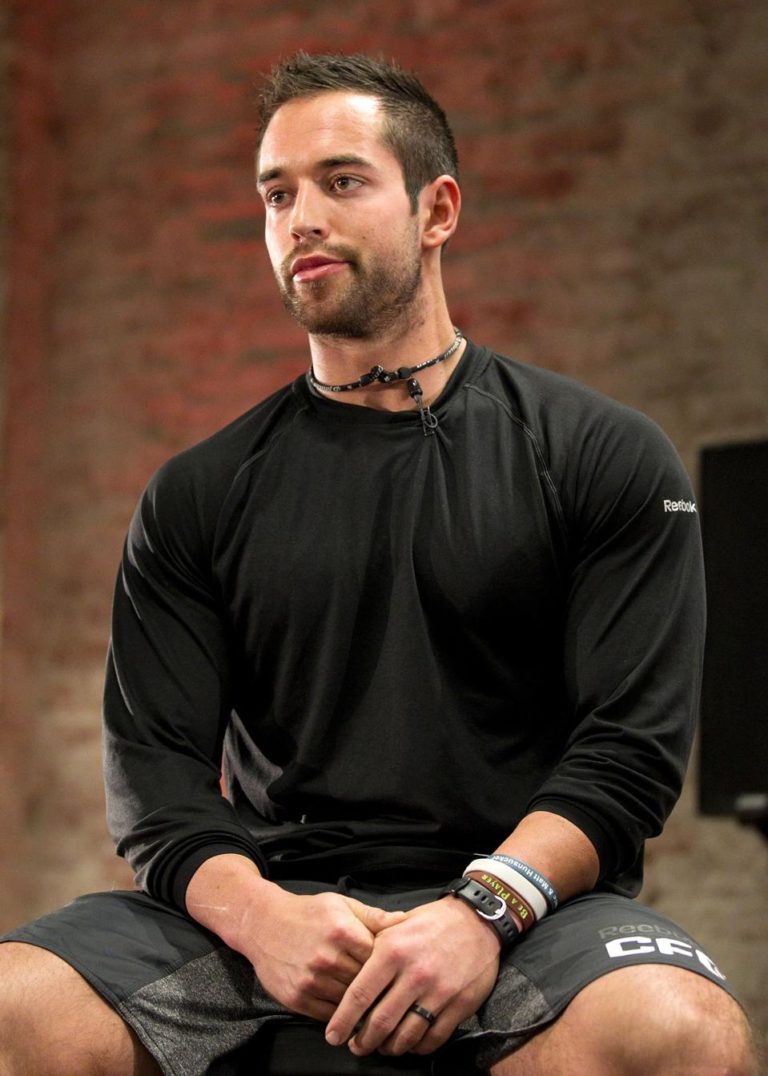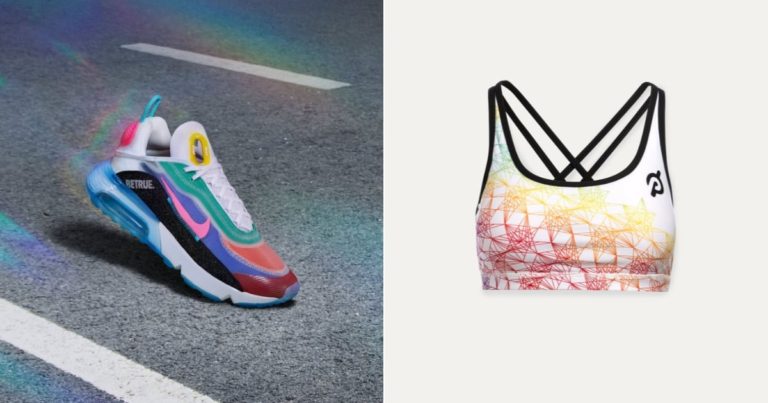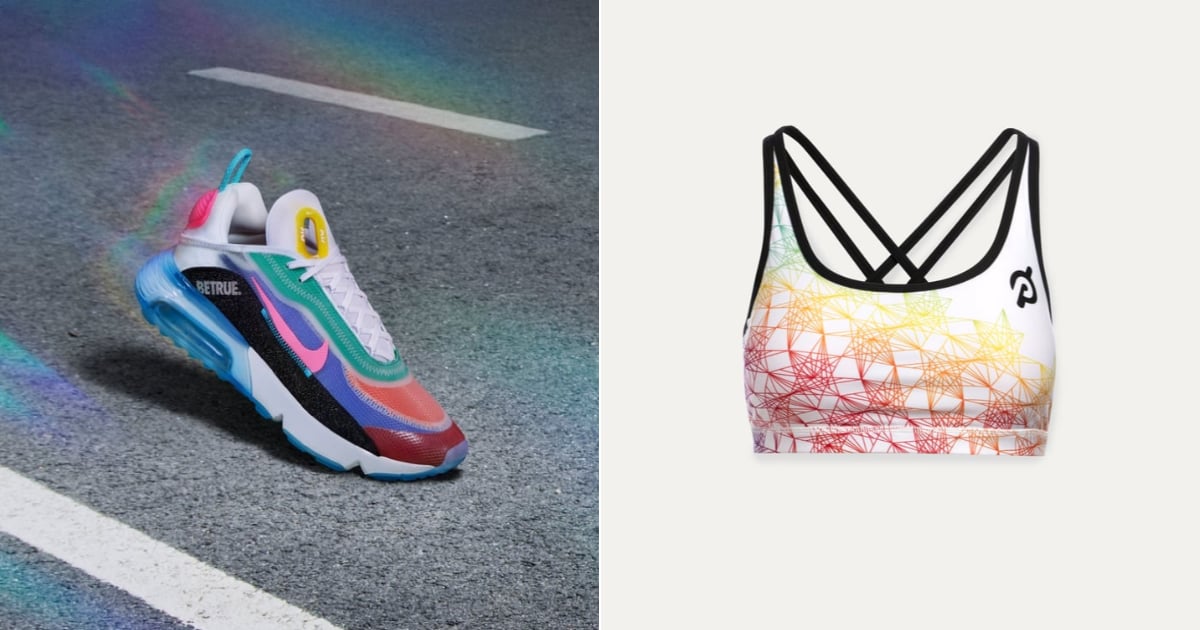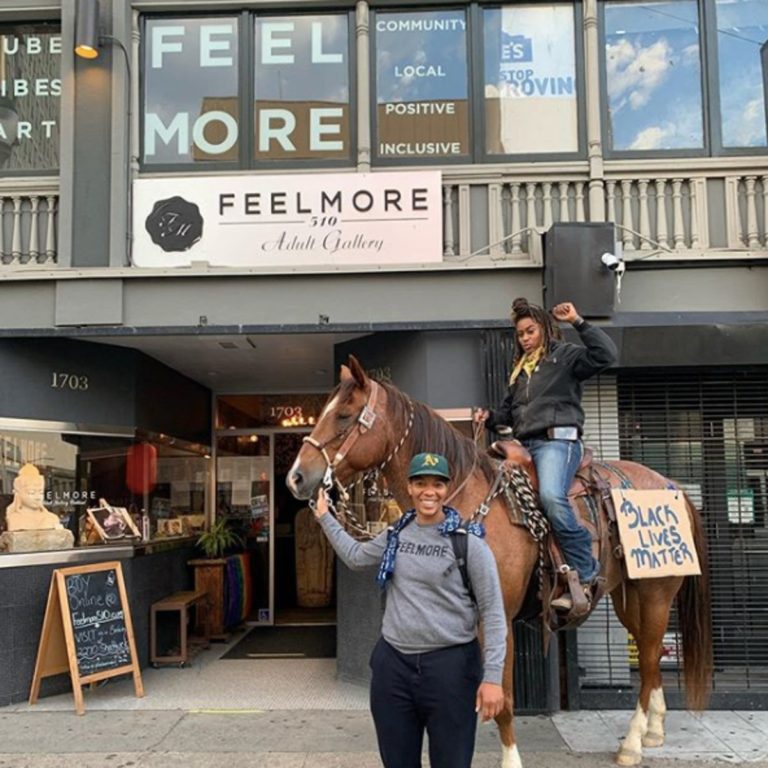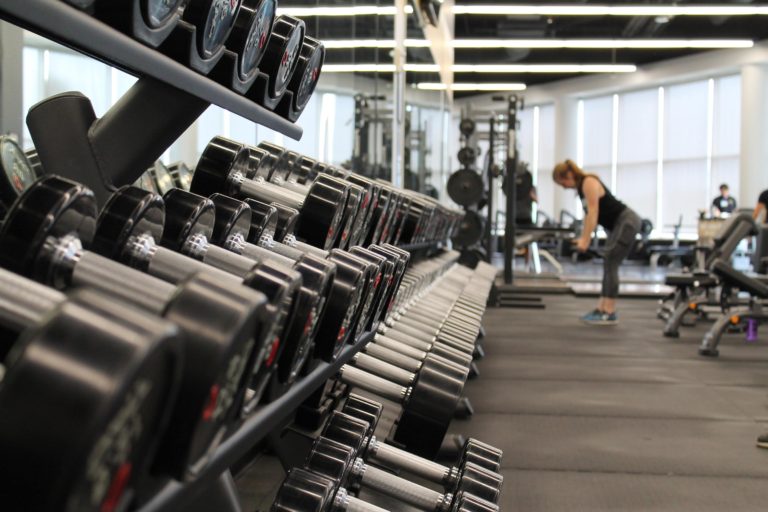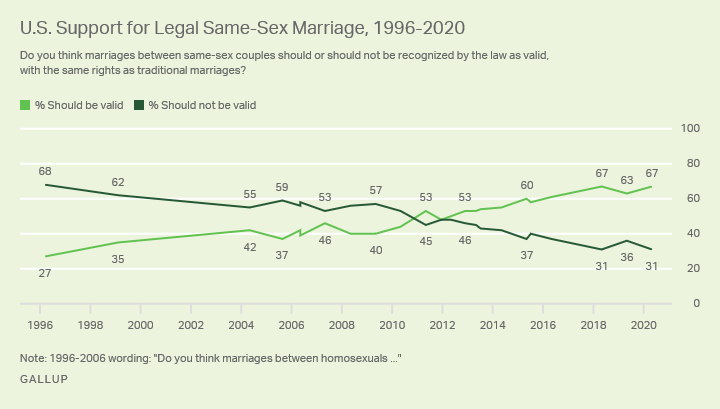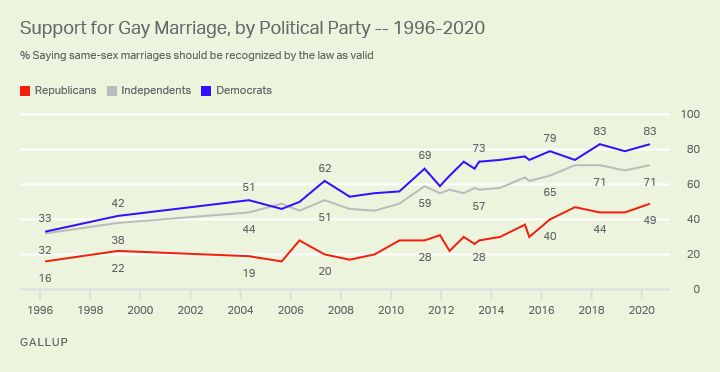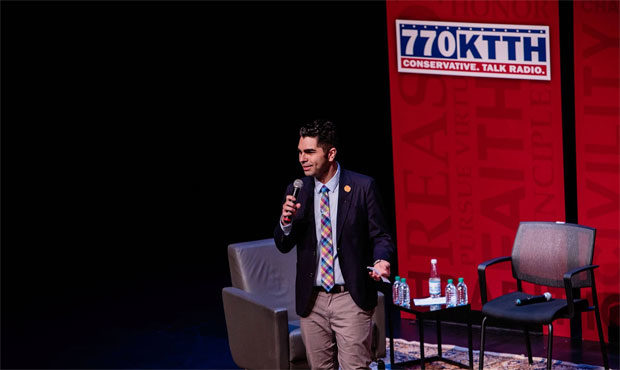
This is Jason Rantz before moderating a KTTH Freedom Series.
When it comes to discussing police policies in the aftermath of the George Floyd murder, apparently I’m not gay or Jewish enough. I’m not certain I understand that concept on its face, but I’m OK with that, I guess.
Progressive activists can be some of the most viciously judgmental people you will ever meet. They’ll happily shame you if you get off the preferred ideological path they demand you stay on.
It’s not just condescending. Right now, it’s truly dangerous.
When the tolerant Left isn’t so tolerant
Last week I appeared again on Tucker Carlson Tonight to discuss my Newsweek piece criticizing some of the woke, urbanite, white progressives who proudly proclaim they’re heroic for taking a political stance that they don’t really care about.
Some just want to be part of a movement without doing any of the work. They’ll Tweet memes or sign Change.org petitions, but they’ll otherwise do nothing of value to move policy forward or even offer up suggestions other than asking you to pat them on the backs.
In the name of tolerance, others in the same progressive circles claim they’re fighting for those they believe to be oppressed by systemic racism, homophobia, sexism, and everything else off their check-list of causes to fight for.
Gay? They’re your ally! Black? They’ll put their own bodies on the line to give you space to speak! Muslim? They’ll proudly defend your right to simply exist. Female? They’re with you, sister!
But the second you disagree with them on policy, you’re no longer worthy of protection. Indeed, you’re not even a part of the identity class from which they tokenize you. The mob comes out swinging hard.
Not gay or Jewish enough
After my FOX News hit, I got the usual criticisms from local wokescolds: They don’t address my points, they merely attack my identity.
I’m a gay, Jewish conservative who lives in Seattle. It ain’t easy. The social media mob of progressive don’t like me much because I seldom back their ideologically-driven policies. So they try to shun me with nefarious tactics in their world of identity politics. I’m not gay or Jewish enough for them. That judgment is intended to silence me.
A managing editor with SB Nation blog Sounder at Heart, Mark Kastner, casually called me a “white supremacist” because I guess they’ve diversified their membership to include those they hate.
Brittney Bush Bollay, the chair of the Sierra Club Seattle called it “gross” that, as a Jew, I went on FOX News. When her Twitter buddy derisively reminded her I’m gay, she said “I repeatedly repress / forget that fact.”
It’s a typical strategy
Of course, I’m hardly the only one facing this disgusting treatment.
Dr. Ben Carson is a renowned pediatric neurosurgeon. Instead of being celebrated, he’s attacked as an Uncle Tom. Former Secretary of State Condoleezza Rice was derided as a token sell-out who was there to parrot her white boss. Rather than celebrate openly gay Rick Grenell, former Ambassador to Germany and former Acting Director of the United States National Intelligence, he’s called a “troll”.
The same leftist media outlets, Twitter check marks, and progressive outlets that celebrate diversity wherever they can, turn to insults or silence when the diversity comes in the form of ideology. They don’t approve of you. You’re not worthy of respect or attention.
And this tactic is particularly chilling as we tackle the unrest after the murder of George Floyd. Many activists turned the political movement of Black Lives Matter into an “us vs. them” scenario, pitting reasonable, well-intentioned Americans against rigid, fringe activists.
Why this matters
A majority of Americans say the Floyd murder brings up legitimate questions about police training. One could very easily get behind better funding to train police officers in situations where abuse of power could lead to someone’s death. And what about a way to safely embed social workers to do some of the work of cops? There are many good ideas I hope to implement.
But instead, the national conversation calls to “defund the police” — which, to some, doesn’t actually mean defunding the police, but cutting back significant funding. To others, it means abolish the police completely.
Here in Seattle, the Seattle City Council’s harshest police critics want a 50% cut in the Seattle Police Department’s budget. In New York City, Mayor Bill de Blasio simply suggests budget cuts from cops, funneled to dubiously-defined “youth programs.” But in Minneapolis, a veto-proof majority on the council will soon disband the police department
If you dare say any of this goes too far, some progressives will insist you’re the enemy to their righteous cause. If you’re white and speak up, you’re labeled a racist for merely questioning the efficacy of disbanding entire police departments.
And if you happen to be black and speak out against any activist demand, your blackness is questioned, the same way my gayness and Jewishness is shamed. You’re no longer oppressed; they now deem you the oppressor. Who feels comfortable speaking up when that is the reaction from your peers?
Just speak up
Some activists call what they’re asking for “demands” and they’ll treat you with hostility if you even question them, let alone deny them. But the most stubborn activists insist they’re doing this for all of us, particularly the oppressed. Just get on board or you’ll be cast aside as enemies to their cause.
They’re not above rejecting and then destroying your identity for their political gain. It’s shameful. It needs resistance.
When you don’t speak up, bad policies are rammed through and dangerous politicians are elected. Activists know that, so they try to shame you into silence. And that’s why I’m fine if some bad-faith activist wants to question whether or not I’m gay or Jewish “enough” — whatever that even means.
I assure you, I’m quite gay (though I did have a thing for the original Buffy the Vampire Slayer) and quite Jewish (I even have Bar Mitzvah photos to show you)!
I don’t view open, civil, honest conversations with each other as disqualifying me as a gay Jew. Instead, I view it as a proclamation that I’m an American who values the right to speech — and that includes protest and debate. Let’s not stay silent.
Listen to the Jason Rantz Show weekday afternoons from 3-6 p.m. on KTTH 770 AM (or HD Radio 97.3 FM HD-Channel 3). Subscribe to the podcast here. Follow @JasonRantz on Twitter and Instagram or like me on Facebook.
